- Wood: Due to increasing cost and availability of more suitable materials, wood is no longer generally used in large commercial greenhouse construction. If used for smaller greenhouses or in areas where other types of framing materials are not available, wood must be treated for protection against decay, especially the sections that come in contact with the soil. Treatments must be non-toxic to plants and animals (Ex: do not use creosote or pentachlorophenol). Chromated copper arsenate (CCA), ammonical copper arsenate (ACA) or other preservatives containing combinations of copper, chromium and/or arsenic are safe to use around plants. Also treat woods with “natural decay properties” such as redwood or cypress, especially in desert or tropical regions.
- Reinforced concrete: Usually used for the greenhouse foundation and low walls.
- Reinforced concrete and bamboo: In the People’s Republic of China, the concrete has been used as support posts for a frame of bamboo.
- PVC (polyvinyl chloride): Hollow tubes of this plastic material (typical inside diameter of ½ inch) can be used for small scale hoop or arch style greenhouses. These are not necessarily considered “permanent” structures
- Electrical conduit: This can also be used, like PVC pipe, for small scale hoop or arch style greenhouses. These are not necessarily considered “permanent” structures.
- Air or air tubes: The structures of some greenhouses of the hoop or arch style (covered with flexible polyethylene film) can be maintained solely by air pressure either by inflating the entire greenhouse or by inflating air tubes that act as structural members. This requires air handling equipment, and if the power fails the greenhouse will collapse.
- Steel (galvanized): Almost all steel used in greenhouses today is single or double dip galvanized to protect against corrosion. It may be used in conjunction with aluminum. It is usually protected from direct contact with the ground (and subsequent corrosion) by being encased in concrete.
- luminum: It may be used alone or in conjunction with galvanized steel. It is much lighter than steel but is only about one half the strength of an equally sized steel member. It is usually protected from direct contact with the ground (and subsequent corrosion) by being encased in concrete.
Rear wall window installation on the greenhouse video























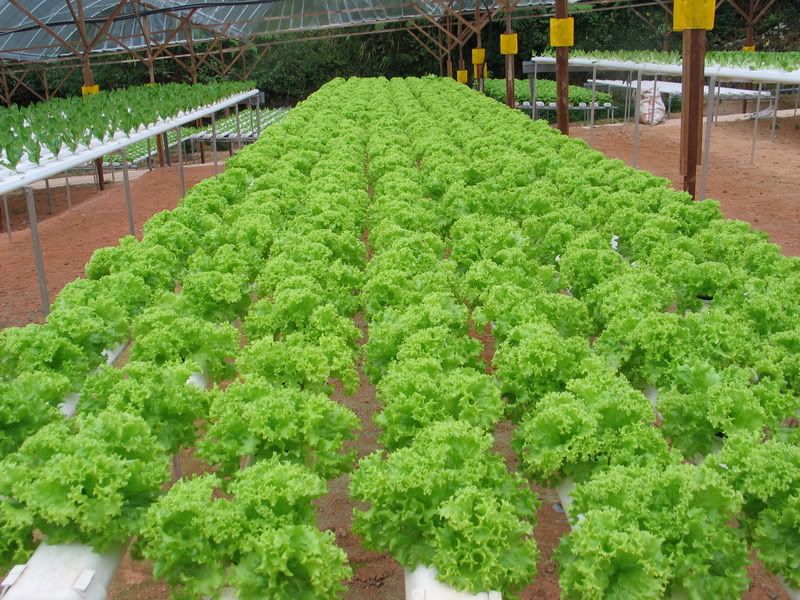
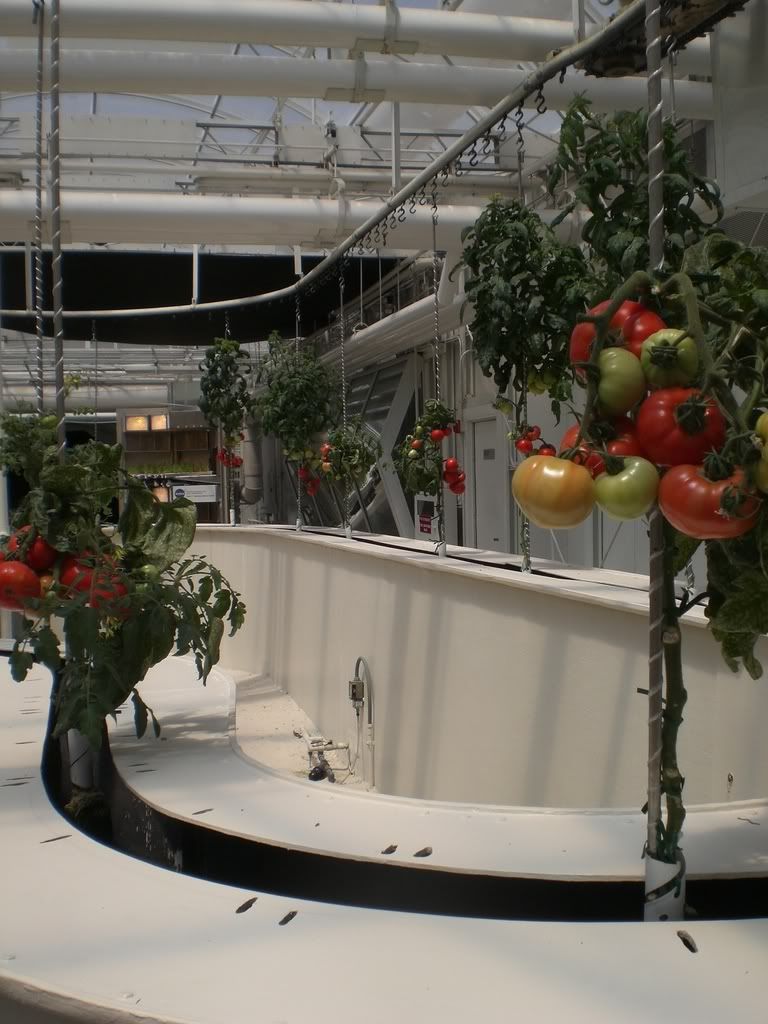
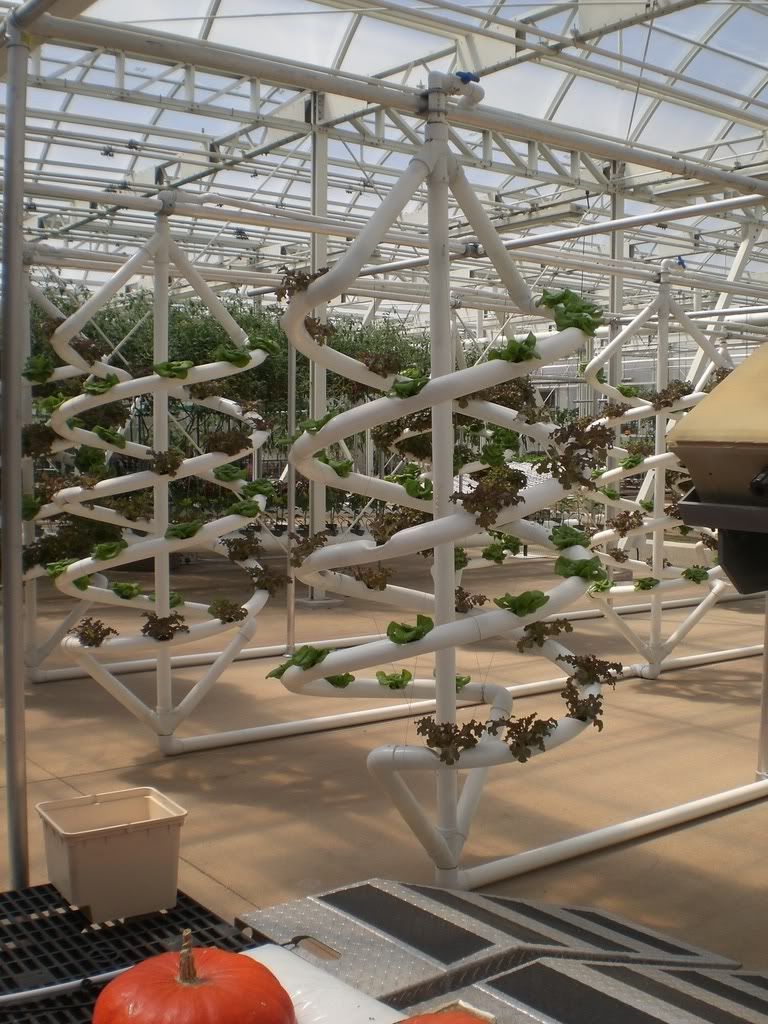
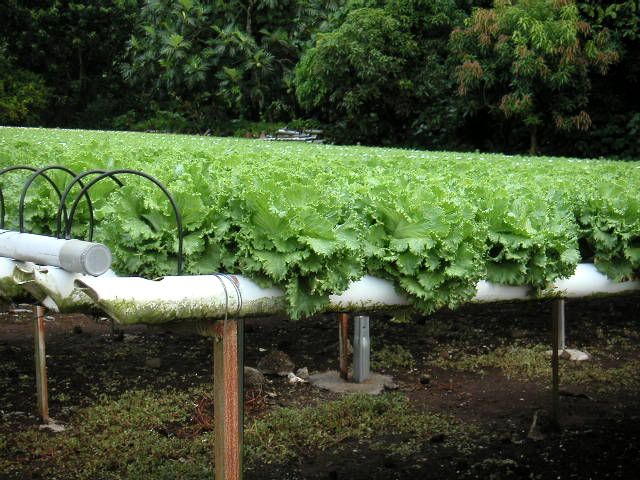
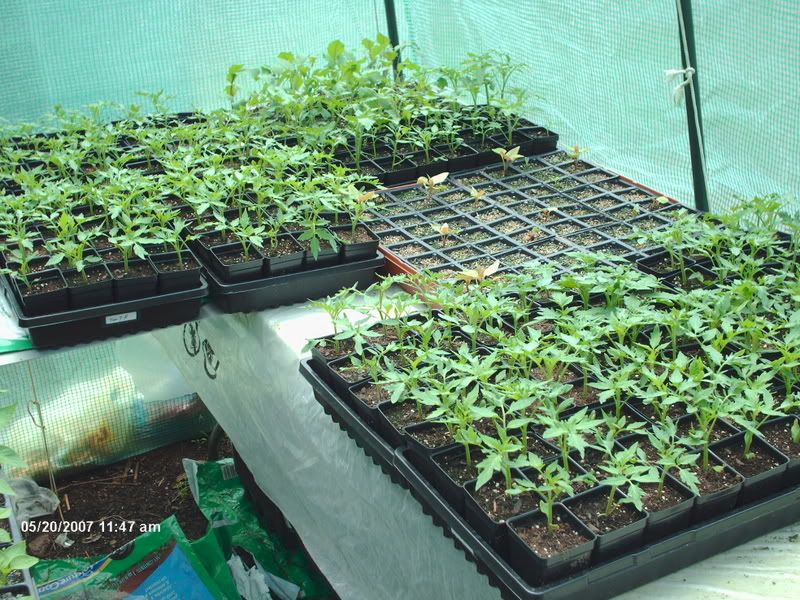
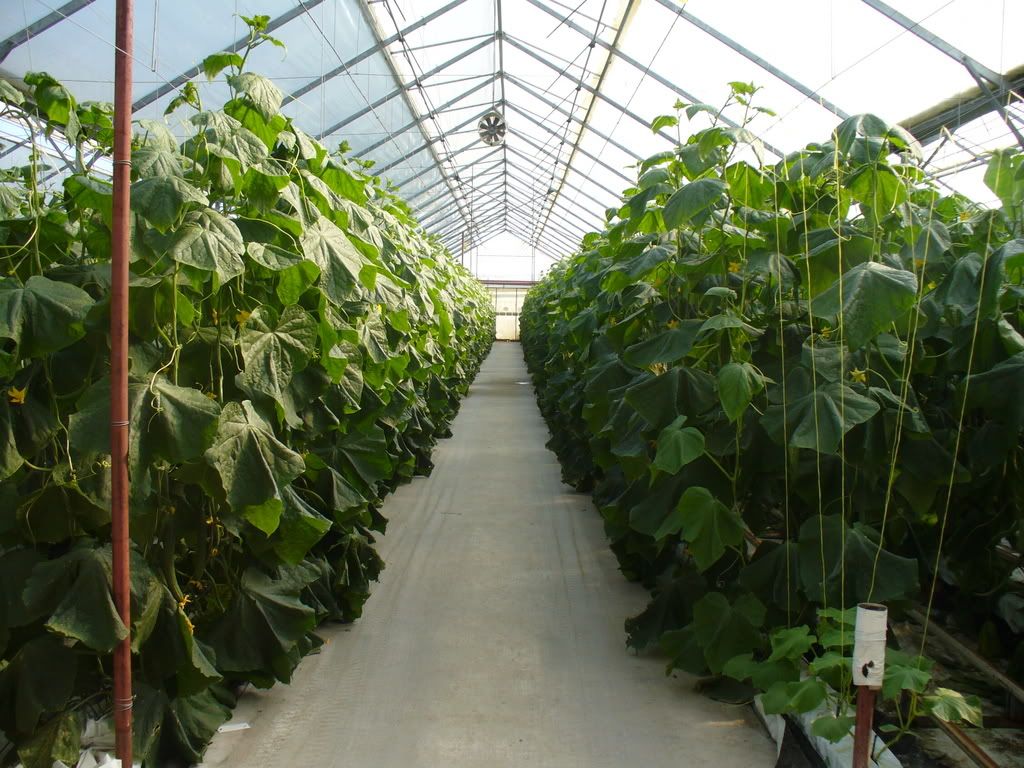
No comments:
Post a Comment